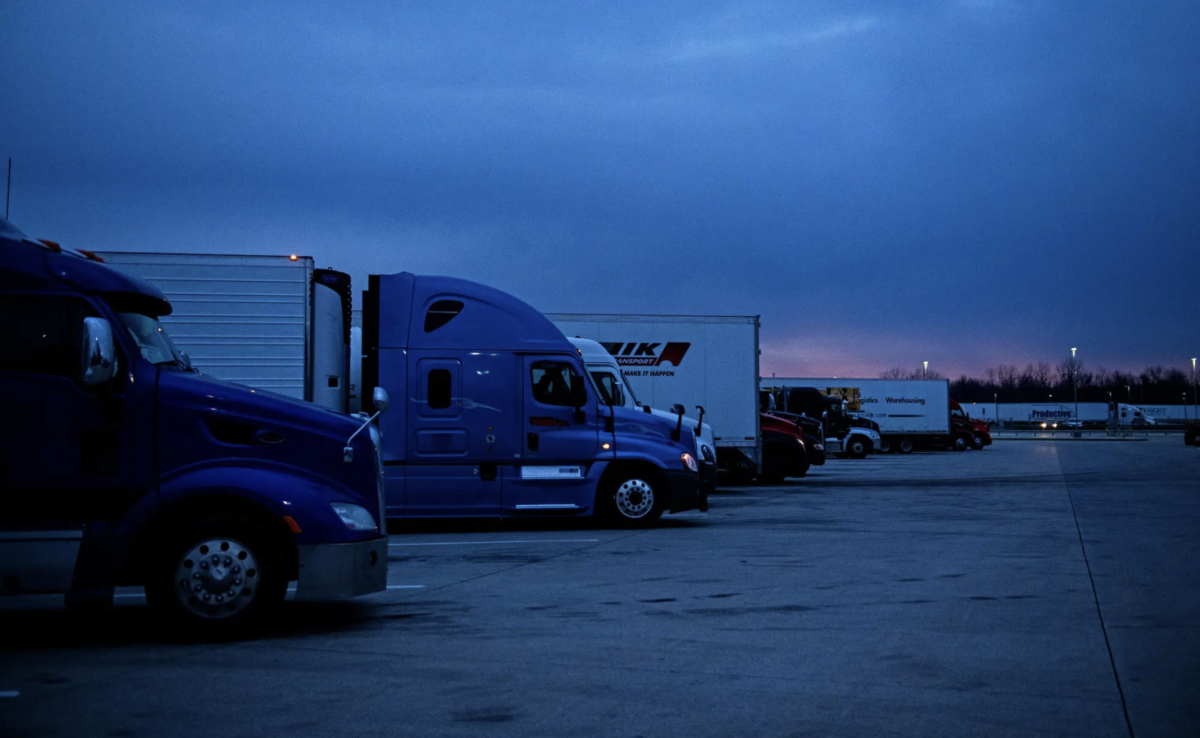ELD mandate only increased trucker deaths & fatal crashes, multiple studies show

Multiple studies show that the Electronic Logging Device mandate has not decreased deaths or truck crashes in the five years since its implementation, according to recent data.
The Federal Motor Carrier Safety Administration initially estimated that the enforcement of the ELD mandate, which started in December of 2017, would result in “1,844 crashes avoided annually, 562 fewer injuries per year, and 26 lives saved each year.” Now, five years later, the data does not support these estimations.
FMCSA data shows that crashes involving large trucks increased by 11% between 2017 and 2019, just before the pandemic led to a sharp decline in 2020. Data for 2021 is not yet available.
The Bureau of Labor Statistics data show that fatality rates among truckers themselves have also increased since the ELD mandate began: from 23.6 per 100,000 to 28.8 per 100,000 between 2013 and 2021.
Data from the National Highway Traffic Safety Administration also shows an increase in injuries and deaths from truck-related crashes since the implementation, although these increases are not quite as dramatic.
At the very least, the data does not support the FMCSA’s claims that the ELDs would make the roadways safer, and instead confirms the fears of truck drivers: that the lack of flexibility ELDs create makes driving semi trucks more dangerous.
“If you’re 30 minutes from home and you get to your 11 hours, you must shut down, or else you get an automatic hours-of-service violation,” Brian Pape, a trucker who left the industry after 13 years, said to Business Insider last year.
“There’s a much less flexible window for truckers to get from point A to point B,” said Karen Levy, a professor at Cornell University who has studied the effects of data-tracking on the trucking industry. “They used to say, ‘I’ll get there in about 11 hours’. Now they really only have 11 hours. As a result, they tend to drive faster, they maybe don’t stop when they feel like they should because they know they have to get from A to B.”
Levy goes on to agree with the general consensus of truck drivers – the regulations do not address or change the actual underlying issues in the trucking industry.
“An ELD doesn’t change the pay structure of trucking, which is just being paid by the mile,” Levy said. “So we police truckers harder, but we don’t change the root causes of fatigue or the reasons why they’re overworking.”
“If you talk to truckers about why they got into this line of work, much of what is appealing to them about this job is that it’s very independent and autonomous,” Levy continued. “It’s not a job where you are compared to your coworkers or where there’s someone looking over your shoulder, or at least that was the thinking. And nowadays that’s changed a lot.”
In November of 2022, CEO of the Owner-Operator Independent Drivers Association wrote an open letter to the FMCSA stating that: “There was never sufficient research indicating the mandate would improve highway safety and the agency still lacks data demonstrating any positive safety results since its full implementation.”
In September of 2022, the FMCSA did accept a round of public comments about ELDs, but they requested opinions regarding the specifics of ELD certifications, malfunctions, and application to older trucks, not about the usefulness of ELDs in general.